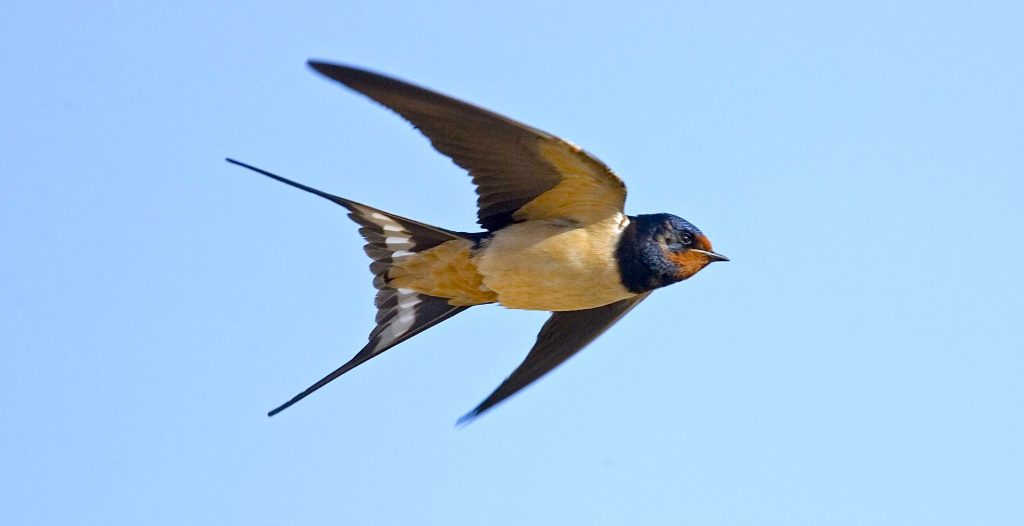
When I lived in America, I thought a swallow was what followed chewing food or sipping on a favorite beverage. I guess, maybe under hypnosis, I might be able to retrieve some reference to a bird, maybe in a poem or a folk song. But ‘swallow’ back then called up an empty image, maybe like ‘neutron star’ or ‘pineal gland’, neither of which do I have a clue what they might look like.
Among the many surprises which moving to Japan has blessed me with is my new found acquaintance with swallows — the bird, not the muscular movement of the esophagus.
They are everywhere here, at least out in the farm country where I live, particularly this time of year! Everyday, usually in the morning — I’m not making this up — I can go out on my porch and watch 20 or 30 or 40 of these lovely creatures gracefully swirling over the rice field in front of our house. Masumi, my wife of over 12 years, says they are feeding on the insects which likewise swirl — though not as gracefully — over the field, which just has matured and produced a generous bounty of rice, soon be harvested.
Swallows eat on the fly . . . literally! They feed exclusively on airborne insects, so they nourish themselves while in flight. They are feeding on the abundance of yummy insects, inhabiting the airspace above the fields of rice and soybeans, which are the dominant crops for our farming community.
Swallows are migratory. Which means, we start to see them in spring when they return from wherever, then they disappear again in the autumn. I mean, they are really migratory, since they can travel 200 miles (320 km) in a day, sometimes as far as 6000 miles (9656 km) in a single migratory cycle. Some simple calculation suggests that swallows I’m seeing now could end up in Australia or New Zealand in December and January. Pretty amazing!
Of course, the first priority for swallows when they return our way in spring is setting up a household and making baby swallows. With great industry and innate engineering skills, they construct out of mud and sticks a nest that looks like this.
It will be attached at the top of an eave or a porch, protected from inclement weather and high enough to foil any predators. This past spring, swallows considered our car port as they scouted for optimal places to build their nest, but apparently decided against it. I suspect our three cats were a major factor in discouraging setting up at our place.
Before I end this piece, I want to return to how beautiful our species of swallows are in flight. There are many different types of swallows but it’s our good fortune to have a variety that is so sleek and graceful, it takes your breath away. Ours have these long, elegant wings. They look more like a T-160 than an F-22 and fly very fast, though I doubt they can go supersonic. But despite their speed, or maybe because of it, their flight paths are very even, not jerky or flitty like most birds. Watching them never fails to put a big smile on my face.
Maybe I’m just easily entertained.

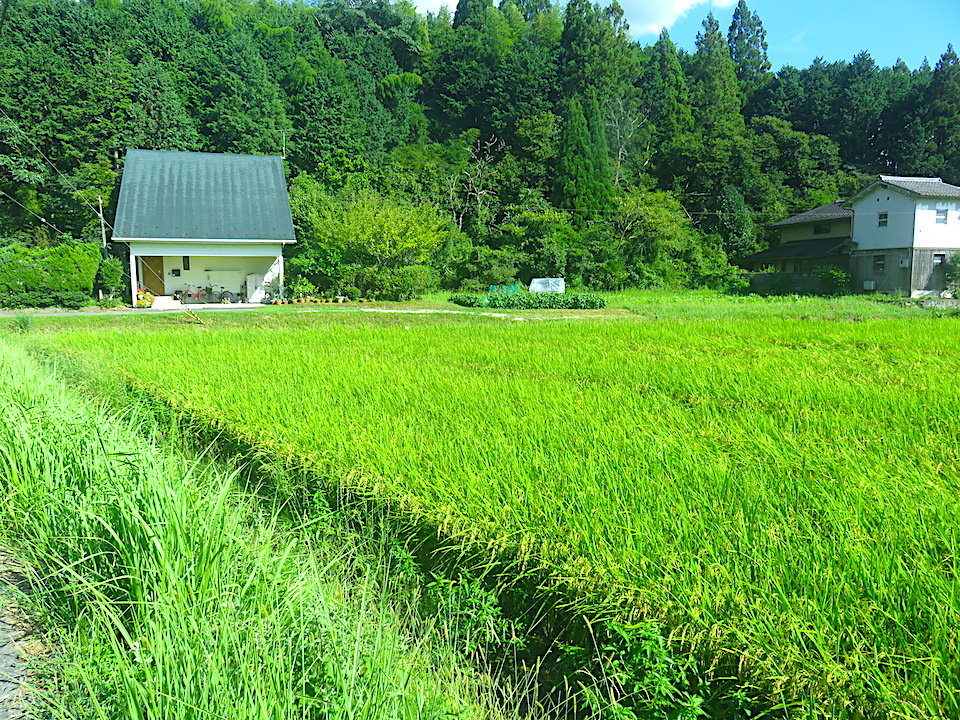

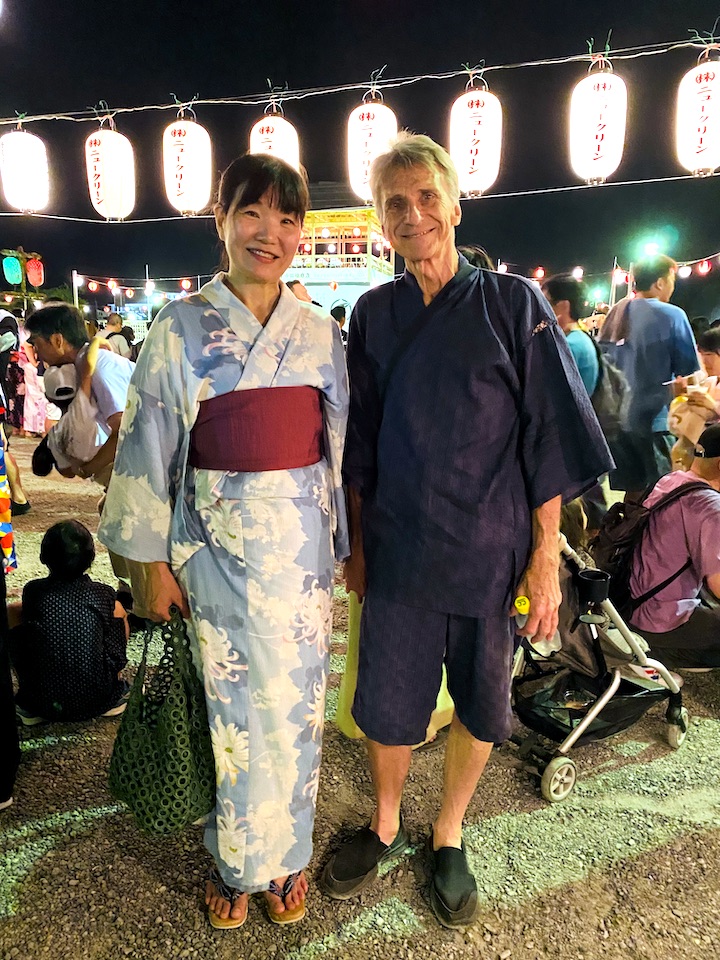
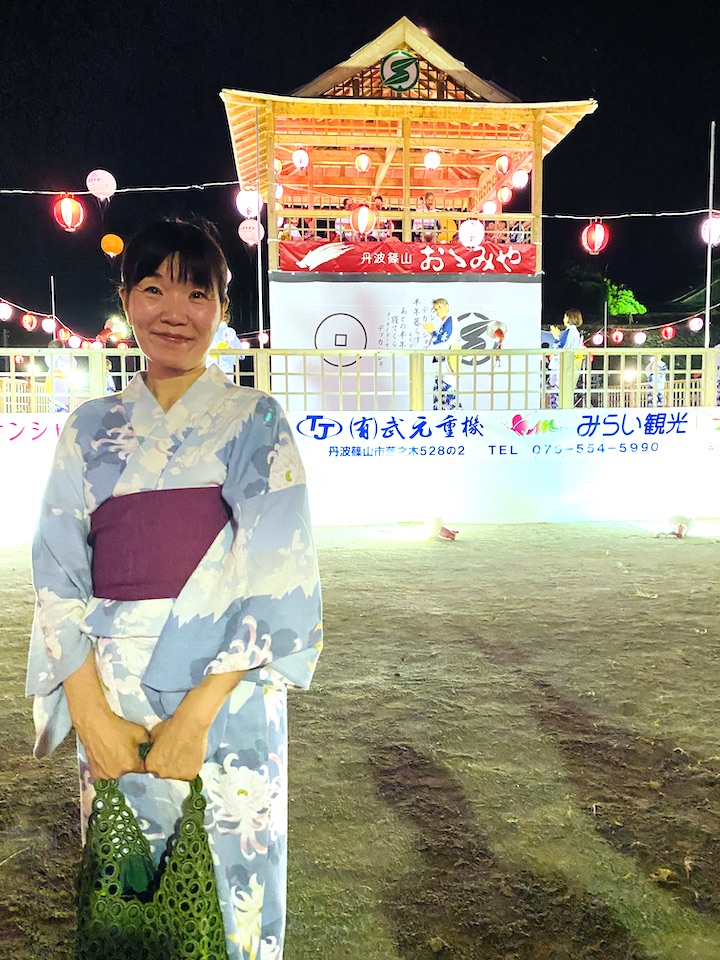
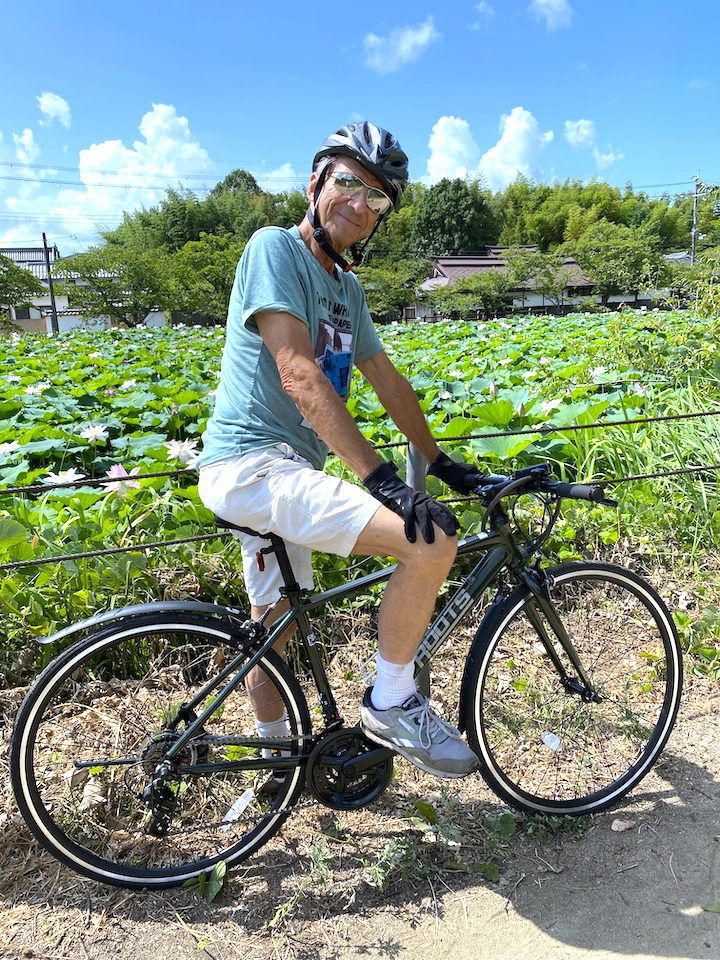





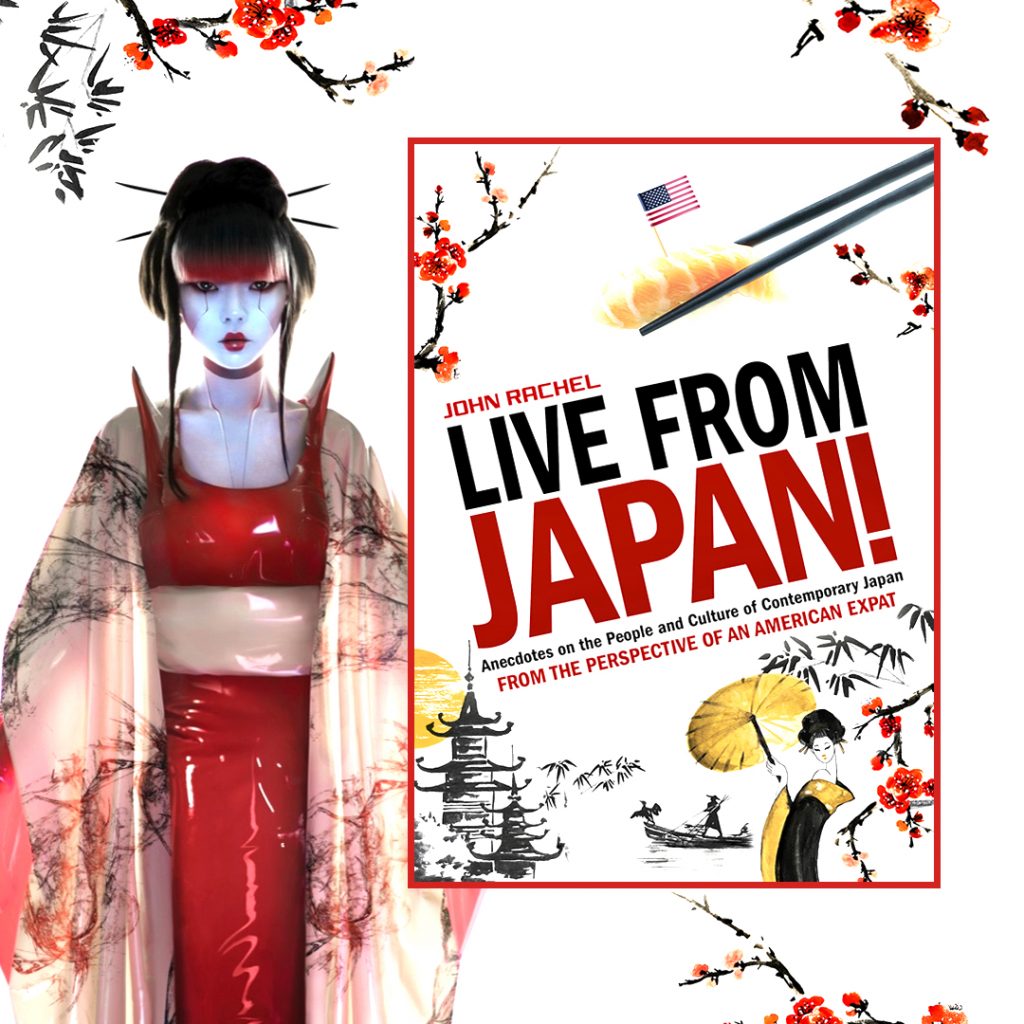
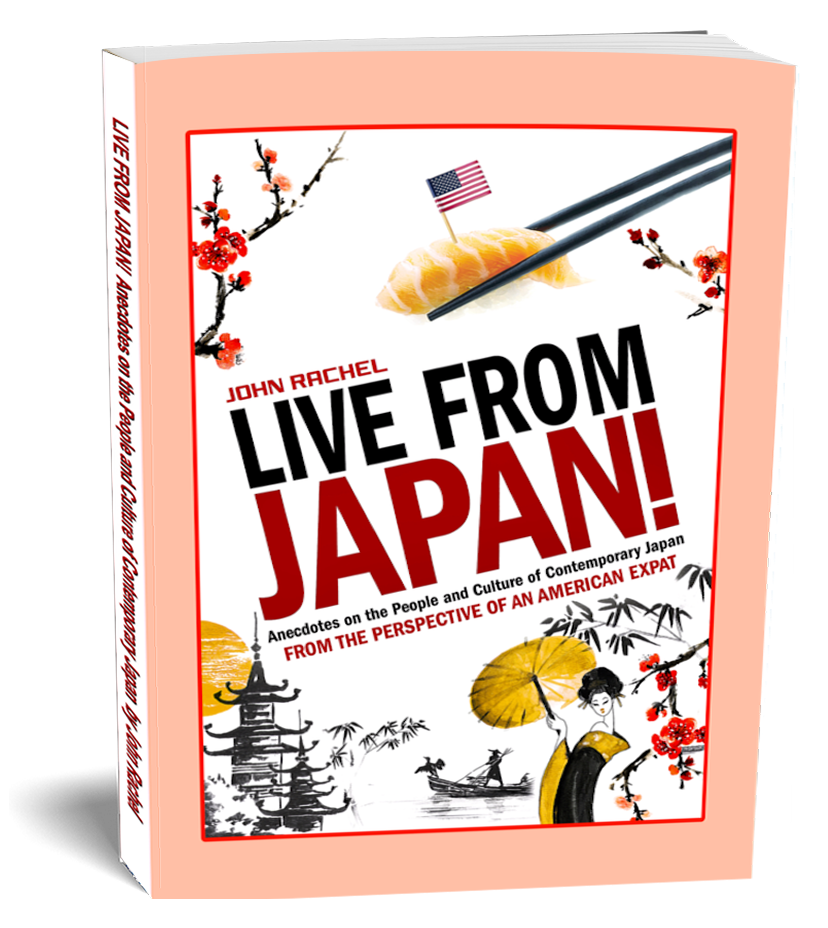
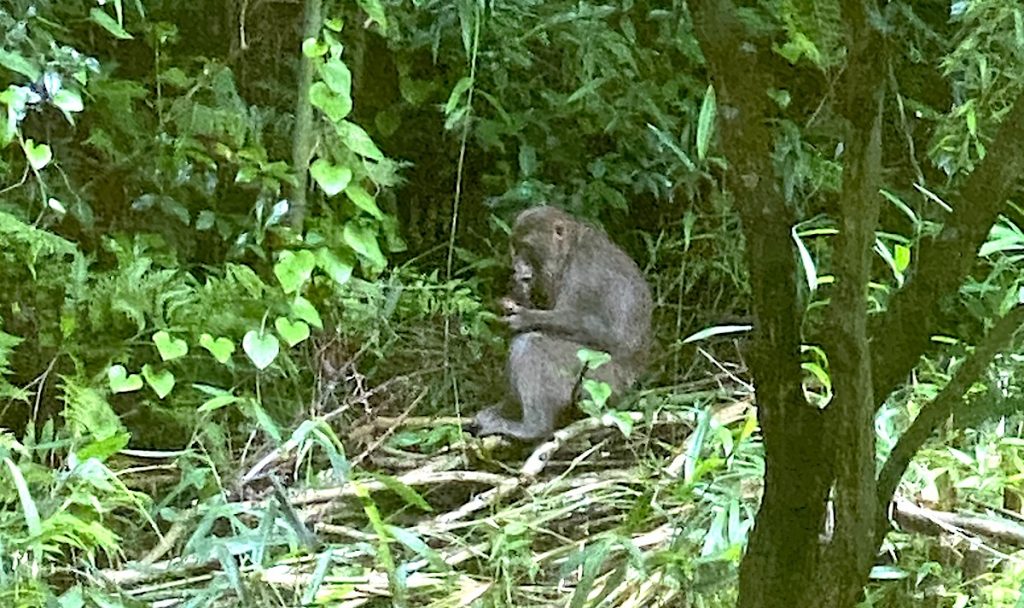


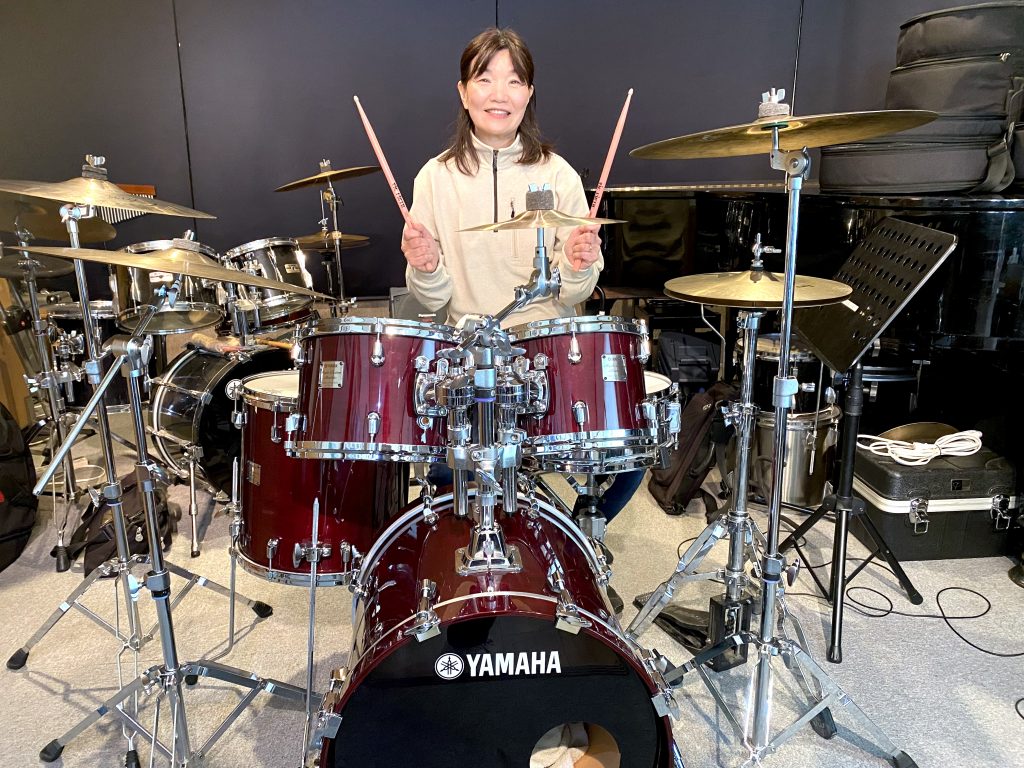
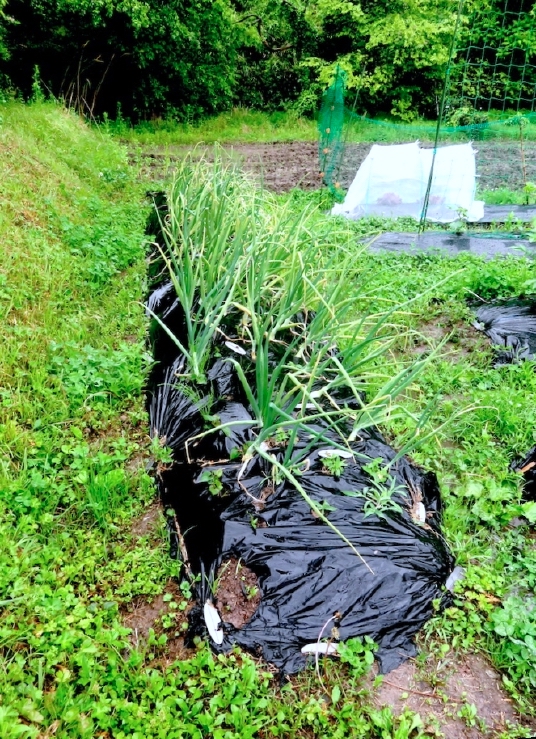

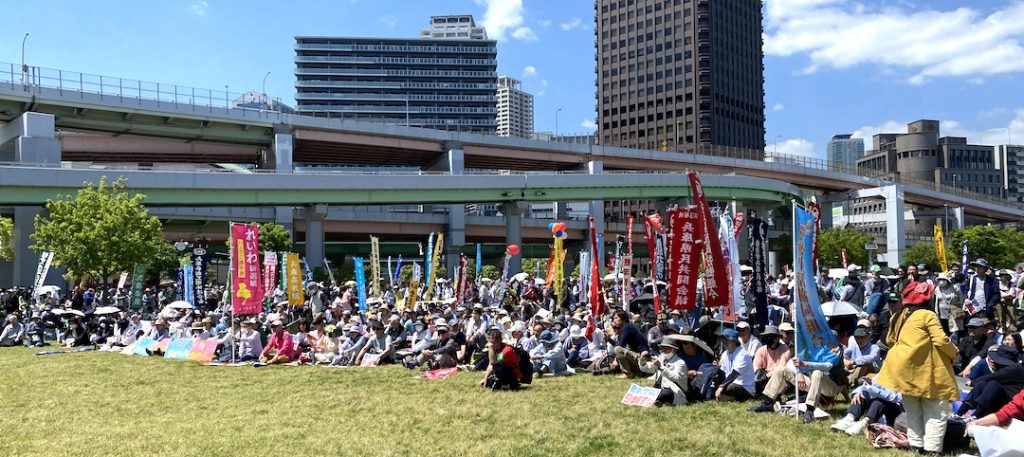




Life In Japan: The Triumph of the Lotus Plants
Five years ago, I posted an article about our local castle and its surrounding grounds. The castle has a moat, of little use now that it’s been over 600 years since the Mongols invaded Japan. These days, it serves as a playground for ducks and turtles, and of course, a reminder of the military history of our town. Tiny as it was, the castle was used by various samurai as they defended their territorial claims to Sasayama.
I described in that previous article how an area elementary school was using the moat for a school project. In one end of a section protecting the castle on its south side, they planted lotus flowers, purely to add some color to the huge puddle. At the time I wrote about it, the quickly growing plants only took up a limited area, maybe 20% of the total surface area of the water.
Their work — or was it an experiment? — has reached a dramatic climax. The entire section, from one end to the other, is now crammed with lotus plants. Here’s what it looks like now.
In the morning, the view is especially spectacular! The flowers open wide to greet the day. They gently wave in the breeze. It’s a gratifying sight.
What is the lesson in this? Well, if your moat is looking drab and uninspiring, or it’s just time for a needed change, consider planting lotus flowers. The rewards are abundant. The flowers individually are extremely lovely. Collectively, they offer a carpet of smileys.
Plus you’ll be doing yourself and the world community a huge favor. You’ll set an admirable example for your neighbors, who will seethe with envy, as they look at their own drab, boring, lifeless moats, damning themselves for their negligence, and hopefully be inspired to get off their lazy asses and do their part in making the world a more beautiful place.
You’ll be improving your carbon footprint to carbon midwifing ratio. And as a related bonus, you’ll be pumping much-needed oxygen into the atmosphere. Look at the size of those leaves! Good grief, they’re like oxygen factories, and there’s nothing that can match a good oxygen high. Breathing is free and oxygen keeps the metabolic fires burning.
You’ll be driving away the turtles — arguably the strangest, if not the ugliest, creatures to inhabit the Earth — and the noisy, repetitious ducks with their incessant and non-sensical quack-quack-quacking. I do worry a bit about the ducks. Where will they go? Are we flirting with creating a homeless duck problem?
Yeah, you can scoff. But it doesn’t hurt to consider both sides of the equation when considering a tradeoff. It’s one thing to leave a human being stranded to fight the elements and eke out survival by dumpster diving and panhandling. But a duck is defenseless, incapable of getting a good-paying job, short on communication skills, small and vulnerable to trucks, attacks by large dogs and alligators, and predatory raids by hawks and vultures.
Friends, brothers and sisters, much as I love our lotus-filled moat, it would break my heart to start seeing these everywhere.
Okay . . . I got a little off track. Whatever. Life is complicated. The world is complex. Truth is, sometimes it’s a fool’s errand to try to sort it all out.
By the way, something just occurred to me, and I’ll close with this. The last time I had a major encounter with lotus plants was when I was rowing a boat on one of the lakes in Srinagar, India.
That was in 2009! Time flies, eh?